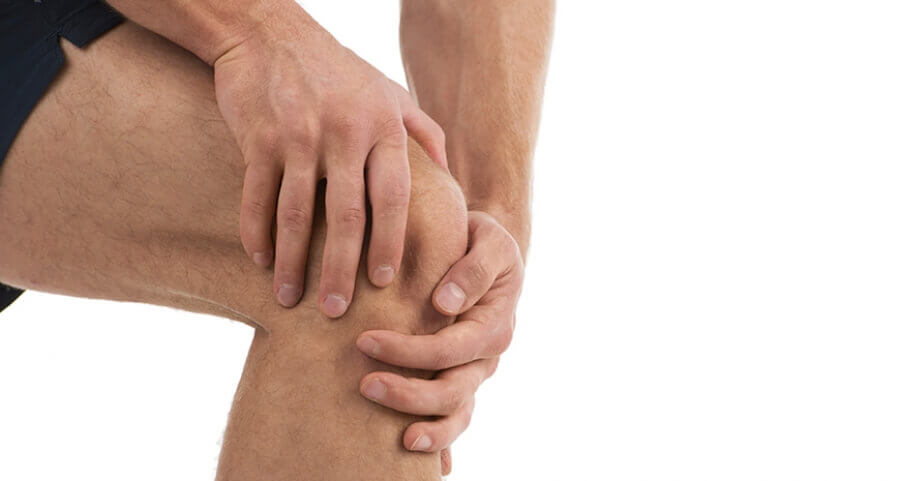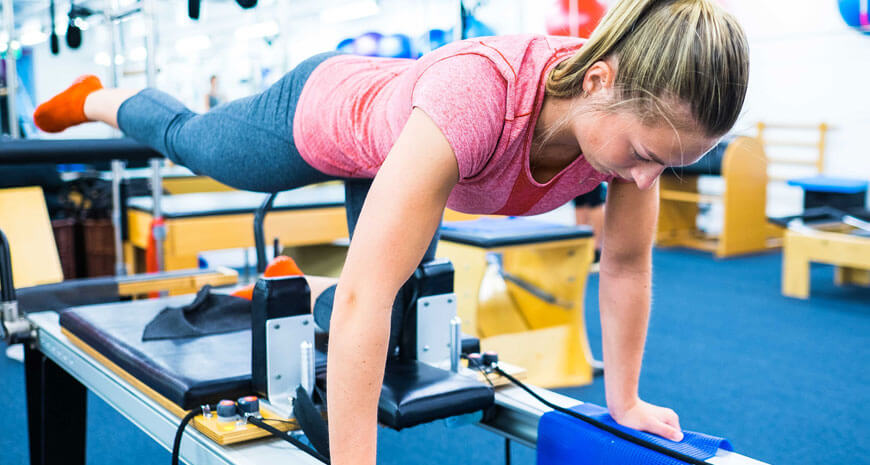Low back pain (LBP) is an extremely common symptom in the general population, with up to 80% of people suffering from various levels of discomfort and limitation in their daily lives.
LBP is a mystery, even to the experts, with it often not caused by trauma, such as lifting a heavy couch or a bruising tackle in a contact sport. It is often due to an ‘insidious onset’, such as bending forward to put your shoes on or picking up a pen awkwardly from the floor.
In managing back injuries, the physiotherapist will perform a thorough assessment to exclude obvious diagnoses, such as fractures and the more serious (rare) conditions such as malignancy or osteoporosis. Following this, it is often not possible to make a precise diagnosis. However physiotherapy management involves an identification and correction of any abnormalities in movement patterns, as well as strengthening the muscles around the spine, to minimize the risk of back pain returning.
The more common clinical causes of low back pain include Non-Specific Low Back Pain (NSLBP), Intervertebral Disc Degeneration / Sciatica and Lumbar Stress Fractures (and its associated conditions).
1. Non-specific Low Back Pain (NSLBP)
Low back pain can be caused by structures being too tight (hypo-mobility) or too loose (hyper-mobility). The pain producing structures in the lumbar spine include the vertebra, the facet joints (links two vertebra together in your spinal column), intervertebral disc, ligaments, nerves and their protective coverings, muscles and their attachments.
With our activities of daily living (whether this is by being inactive or participating in sport) these structures may become overloaded and fatigued over time. This ‘wear and tear’ cause’s micro-trauma within the facet joint or intervertebral disc, causing it to ‘lock’, preventing the joint from moving smoothly throughout its normal range. This can result in pain, movement dysfunction and degeneration.
2. Intervertebral Disc Degeneration / Sciatica
The intervertebral discs are composed of a soft, inner nucleus pulposus surrounded by a tough fibrous outer ring, the annulus fibrosus. With trauma and / or ageing, the annulus fibrosus can weaken and thin (disc degeneration or herniation), particularly with the repetitive combination of bending forwards while rotating the trunk i.e. lifting. This may result in the disc bulging outwards and exerting pressure on one or more of the closely associated spinal nerves. This disc degeneration process is often incorrectly termed as the ‘disc slipping out and in’, and it’s important to realise that this does not occur. In some serious cases, the disc may leak some fluid into the spine from the internal nucleus pulposus, known as a disc prolapse.
Compression of a spinal nerve by a disc fragment causes radiculopathy, which may include weakness of muscles controlled by that spinal nerve, pain in the distribution of the nerve root, or sensory changes such as numbness, tingling, or hypersensitivity in the same area. Back pain is often experienced in conjunction with these symptoms. Sciatica is a term used to describe pain which occurs in the distribution of the sciatic nerve, a major nerve in the leg made up of several spinal nerves from the lower spinal cord.
3. Lumbar Stress Fractures
LBP may also be caused by spondylolysis, or a stress fracture of the pars interarticularis, a region of the vertebra. This is often seen in sports involving repeated back extension and rotation, such as gymnastics, cricket fast bowling or tennis. While it was thought to be congenital, it is probably an acquired overuse injury. The fracture usually occurs on the opposite side to the one performing the task i.e. a left sided fracture occurs in a right handed tennis player.
Spondylolisthesis, which is defined as a slippage of one vertebral body forwards in relation to the one below, can also cause LBP. This usually occurs where the lumbar and sacral spines meet at the bottom of the back. This slippage may be caused by stress fractures of the pars regions (as above), degenerative changes in the spine, congenital defects of the spine, or trauma. The result is pain caused by spinal nerve compression, with symptoms similar to those seen in spinal canal stenosis, or irritation of nerve endings at the joints, which results in back pain. It is most commonly seen in children between the ages of 9 and 14 years of age.
4. Spinal Canal Stenosis
Another commonly encountered cause of LBP is spinal canal stenosis. It is a condition that is rare in young and middle-aged athlete’s, but may be seen occasionally in older athletes. The condition is caused by arthritic degeneration of the spine, resulting in the vertebra, facet joints, and ligaments which surround the spinal nerves of the spinal cord to become enlarged. In this manner, these structures may compress one or several spinal nerves, causing LBP, leg pain, and leg numbness while walking. These symptoms maybe relieved by rest.
Investigations
In the management of most cases of LBP, investigations are not required. However, there are certain clinical indications that require further investigations. This may include:
- X-ray: to exclude fractures and to ‘screen’ those patients whose LBP is not responding to treatment.
- CT scan: is commonly performed in patients suspected of nerve root compression, spinal cord stenosis or facet joint pathology.
- MRI: is used to investigate the structural status of the intervertebral disc i.e. degeneration (‘bulging’) or a tear in the outer annular wall.
Symptoms of LBP May Include:
- Pain in the back and occasionally in the legs
- Difficulty in moving i.e. can’t straighten up or uncomfortable sitting
- Muscle spasms in the back
- Referred pain and / or altered sensation into the groin, thigh, leg or foot
- Sleep can be disturbed with pain on rolling over
- Slumped positions such as that in a car seat or on the couch at home, cause pain
- Pain sometimes on coughing and sneezing
- Pain on weight bearing
What can Physiotherapists Do To Help?
The physiotherapy management varies depending on the specific back diagnosis of the individual athlete, but will possibly include:
- Massage of the muscles to relieve pain, muscle spasm and promote healing.
- Gentle joint mobilization techniques to relieve the spinal segment and ‘free it’ to move without pain, throughout its full range.
- Strapping techniques in the acute stages to protect the vulnerable joints.
- Commence a progressive muscle strengthening program to improve both your core stability and general back strength, so as to protect your intervertebral disc, their associated ligaments and joints, from ‘general wear and tear’. The major muscle groups that work in synergy to protect the back and the spine are:
- Recent scientific evidence has shown in a variety of different populations with LBP, whether you are an athlete or not, that these deep back muscles, in particular the multifidus, have shrunk in size and strength.
- Maximise your muscle flexibility, in particular your hamstrings, buttock and hip muscles.
- Improve your physical fitness and advise you on ongoing activity as maintenance.
- Provide postural education on reducing the load on the joints and muscles, so as to minimize the recurrence of back pain. This includes modifying your daily work tasks, sporting and personal activities.



